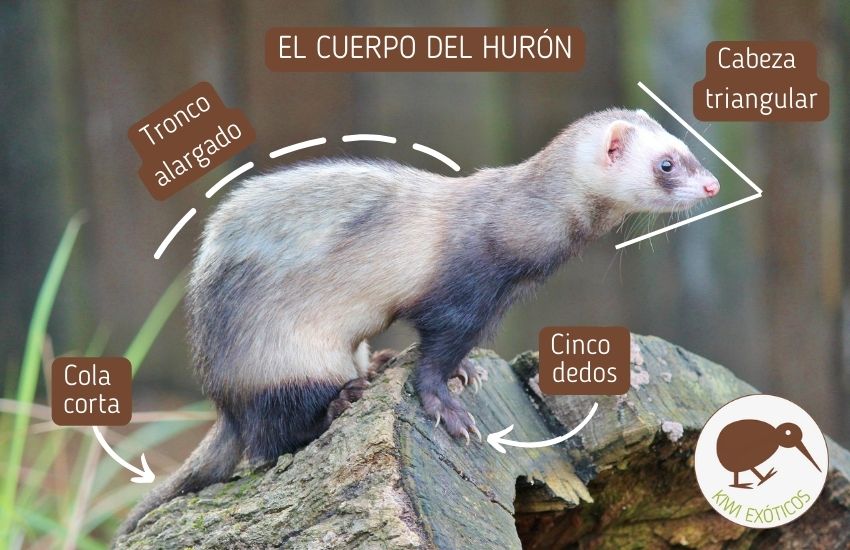
Tracing Ancient Currents: A Deep Dive into the Huron-Wendat Trade Networks at Wendake
Forget the static lines on modern atlases. Imagine a map woven from river currents, portage paths, and the deep knowledge passed down through generations – a living, breathing tapestry of commerce, diplomacy, and survival. This is the world that unfurls before you when you visit Wendake, the Huron-Wendat Nation’s reserve near Quebec City, and particularly, the remarkable Huron-Wendat Museum (Musée Huron-Wendat). This isn’t just a review of a destination; it’s an invitation to step onto the very arteries of a sophisticated Indigenous civilization, exploring the ancestral maps of trade networks that once connected a continent.
Upon arrival in Wendake, the immediate impression is one of a vibrant, contemporary community deeply rooted in its heritage. Modern homes stand alongside traditional elements, a testament to resilience and continuity. But it’s the Musée Huron-Wendat that truly serves as the gateway to understanding the vast, intricate economic and social systems that defined the Huron-Wendat (or Ouendat) people for centuries before European contact.
The Museum: Unveiling the Ancient Arteries of Commerce

The museum itself is a modern architectural marvel, echoing the natural forms of a longhouse with its flowing lines and natural materials. Inside, the exhibits are meticulously curated, designed not just to inform but to immerse. The central theme that quickly emerges, permeating every display, is the sheer scale and sophistication of the Huron-Wendat trade networks. This wasn’t merely local bartering; it was an expansive, inter-regional economic system that shaped geopolitics across what we now call Eastern North America.
You’ll quickly understand that "maps" in the ancestral context weren’t parchment and ink. They were held in collective memory, embedded in oral traditions, marked by landscape features, and even codified in mnemonic devices like wampum belts. The museum excels at translating this nuanced understanding for the modern visitor. One section, in particular, illustrates the primary arteries: the vast network of rivers and lakes, most notably the St. Lawrence River, the Great Lakes, and their myriad tributaries. Interactive displays and detailed dioramas showcase the incredible skill of canoe building – the birchbark canoe, a marvel of engineering, was the undisputed vehicle of choice, allowing for efficient transport of goods over vast distances, even requiring intricate portages over land.
The sheer volume and diversity of goods exchanged are staggering. Far from the simplistic "hunter-gatherer" stereotype, the Huron-Wendat were highly skilled agriculturalists, cultivating corn, beans, and squash, which formed the bedrock of their trade. Corn, in particular, was a high-value commodity, often exchanged for furs, copper from the Lake Superior region, chert for tools from distant quarries, tobacco, and even medicinal plants. The museum beautifully presents these items, often through original artifacts – intricately carved pipes, meticulously woven baskets, and tools that speak to the ingenuity of their makers.
But trade was more than just economics; it was diplomacy. The exchange of goods often cemented alliances, reinforced peace treaties, and facilitated cultural exchange between diverse nations, including the Anishinaabeg, Haudenosaunee, Algonquin, and others. Wampum belts, made from quahog and whelk shells, are presented not just as beautiful objects, but as living documents – intricate patterns that recorded agreements, histories, and the very "maps" of relationships between nations. These belts served as powerful mnemonic devices, helping to recall the complex terms of treaties and the routes along which these relationships were forged.

Beyond the Museum: The Living Legacy in Wendake
While the museum provides an essential academic framework, stepping out into Wendake itself allows for a more experiential understanding of this ancient way of life. A must-visit is the Huron Traditional Site (Onhoüa Chetek8e), a living history village that offers a tangible connection to the past. Here, you can walk into a reconstructed longhouse, feel the smoke of the central fire, and imagine the bustling life within – a life where the fruits of trade, from furs to tools, would have been ever-present. Artisans demonstrate traditional crafts, many of which produced the very goods that fueled the trade networks: tanning hides, making snowshoes, and crafting canoes. It’s here you truly grasp the journey of an animal pelt from the forest to a finished garment, or the creation of a utility tool from raw stone – each step a potential point of trade or expertise sharing.
Exploring the village, you’ll see the Akiawenrahk River (Saint-Charles River), a tributary that flows directly into the St. Lawrence. This river, like countless others, was a vital artery, a section of the greater "map" that connected communities. Imagining the swift canoes laden with goods, paddled by skilled navigators, brings the museum’s lessons to life. The physical geography of Wendake itself – strategically located near water routes – underscores its historical importance as a hub.
The modern shops and restaurants in Wendake also offer a fascinating continuation of the trade legacy. Local artisans sell contemporary crafts that draw on ancestral designs and materials, effectively participating in a modern iteration of economic exchange rooted in their heritage. Dining at a traditional restaurant like La Traite, you taste elements of the ancestral diet – game, corn, local produce – reminding you of the resources that underpinned their self-sufficiency and trade power.

The Enduring Significance of Ancestral Maps
What becomes profoundly clear after this immersive experience is the incredible sophistication of Indigenous societies long before European arrival. The Huron-Wendat weren’t just skilled traders; they were master cartographers of a different kind. Their "maps" were dynamic, incorporating not just physical routes but also the political landscapes, resource locations, and diplomatic protocols necessary for successful commerce. They understood supply and demand, risk management, and the power of strategic alliances.
The disruption of these networks by European colonization had devastating consequences, but the memory and the underlying principles have endured. Visiting Wendake and its museum is not just a journey into the past; it’s an important lesson for the present. It highlights the ingenuity, adaptability, and complex social structures of Indigenous peoples. It challenges simplistic narratives of history and offers a powerful counter-narrative of strength, innovation, and interconnectedness.
For the modern traveler, this experience offers profound insights. It encourages a deeper appreciation for the land and its history, seeing beyond political borders to the ancient pathways that truly shaped the continent. It fosters respect for the enduring cultural heritage of the Huron-Wendat Nation and their continuous contributions. It also serves as a potent reminder that sustainability, resource management, and diplomatic relations – concepts we grapple with today – were integral to these ancestral trade networks for millennia.
Practical Travel Tips for Your Journey
- Getting There: Wendake is easily accessible by car, just a 15-20 minute drive north of Quebec City. Public transport options are also available.
- Best Time to Visit: Spring, summer, and fall offer pleasant weather for exploring the outdoor sites and enjoying the natural beauty. Winter can be magical, especially if you enjoy snow and fewer crowds.
- Time Commitment: Allocate at least half a day for the museum and the Huron Traditional Site. A full day allows for a more leisurely pace, including exploring the village and enjoying a traditional meal.
- Beyond Wendake: Quebec City itself offers historical charm, but combining it with a visit to Wendake provides a crucial Indigenous perspective that enriches the entire trip.
- Respectful Tourism: Remember you are visiting a vibrant Indigenous community. Be respectful of local customs, support local businesses, and engage with an open mind and heart.

In conclusion, a journey to Wendake is far more than a simple tourist excursion. It is an intellectual and spiritual voyage into the heart of a remarkable civilization. Through its museum and living village, you don’t just learn about the Huron-Wendat ancestral maps of trade networks; you begin to see the world through their eyes, appreciating the vast, sophisticated "map" they charted across a continent, a map that continues to resonate with meaning and power today. It’s a compelling testament to the enduring spirit of a people, and an essential experience for anyone seeking a deeper understanding of North American history and Indigenous resilience.


